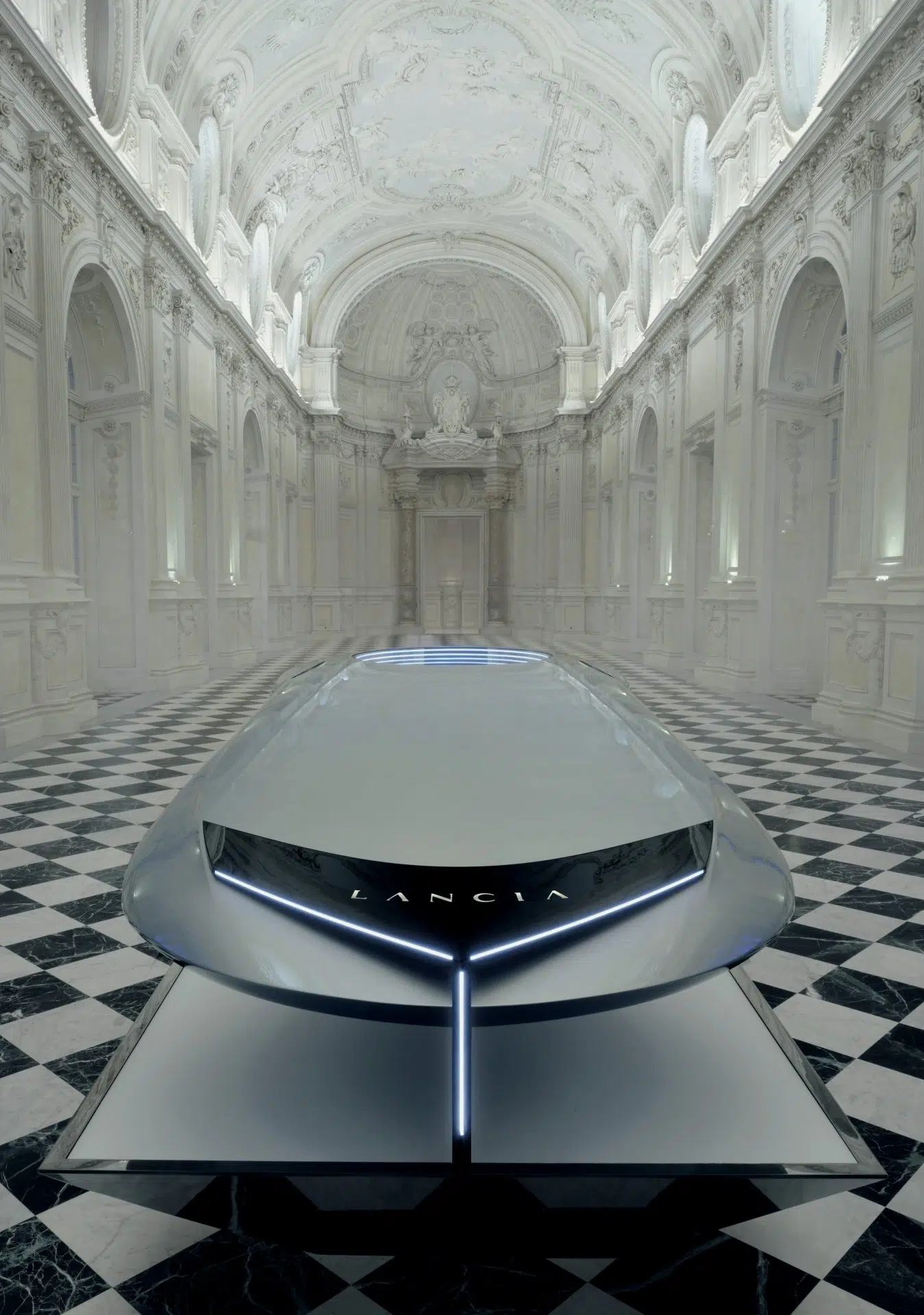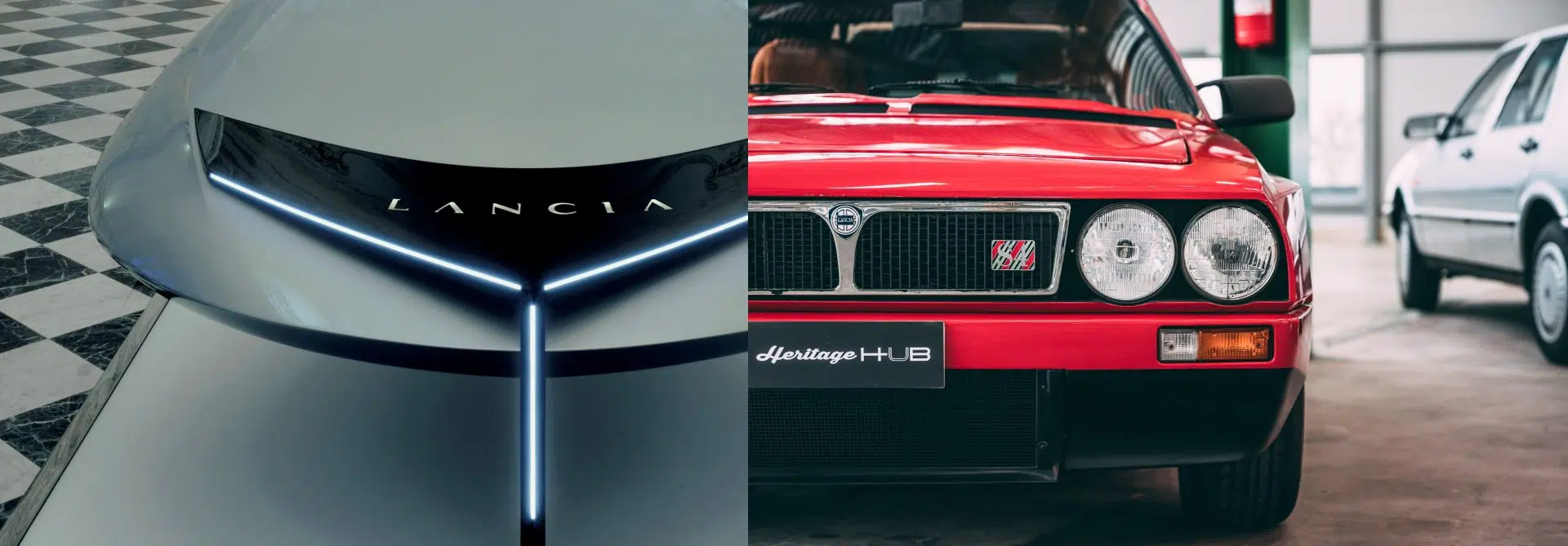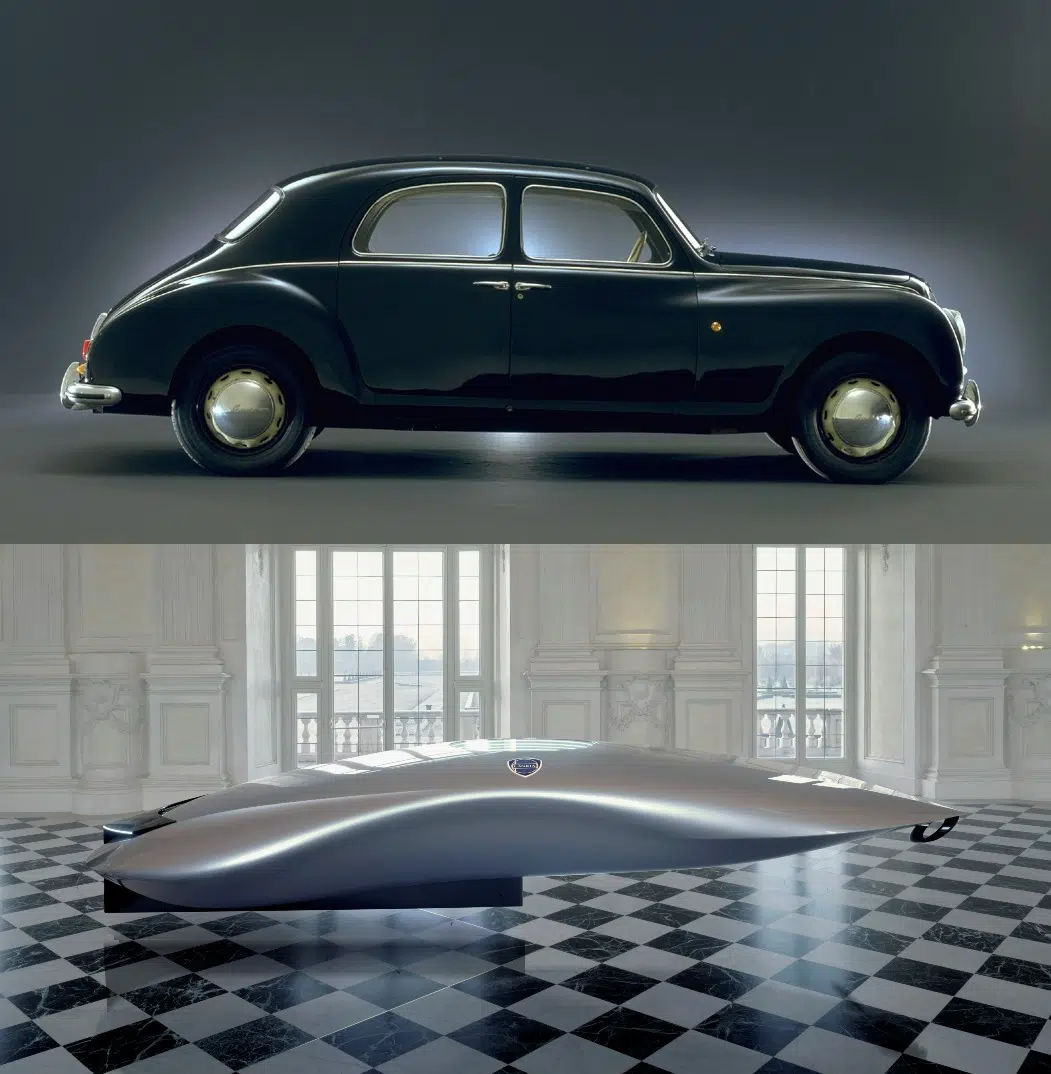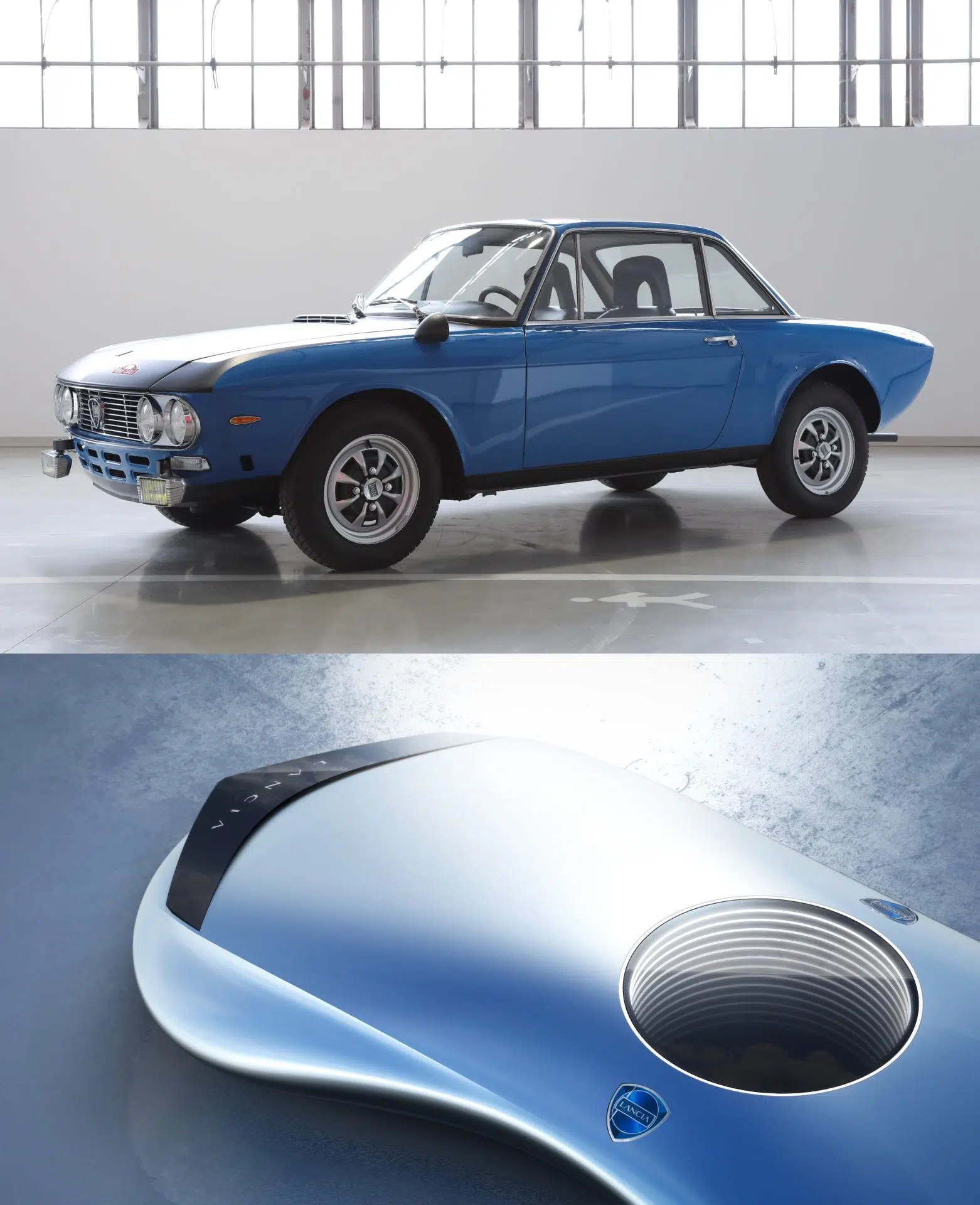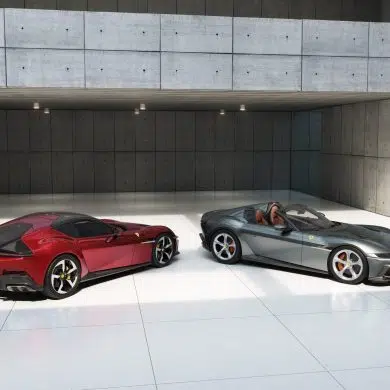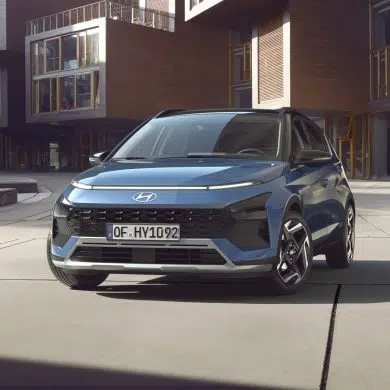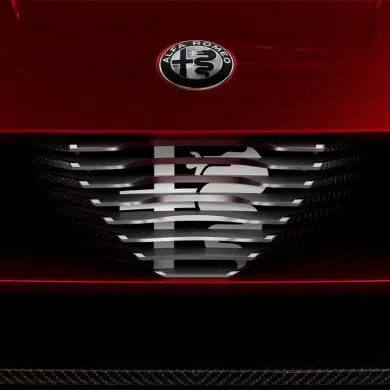Lancia has chosen to inaugurate its new era with a design manifesto, which, without being a precursor to a model, sets the tone for the brand's future stylistic direction. Extremely futuristic, Pu+Ra Zero inevitably leaves questions, but a second reading reveals a series of features that will accompany the brand's models to be introduced in the coming years.
In the automotive industry it is quite common for a brand to research public reactions to its future plans by creating prototype vehicles. Lancia about a month ago combined the announcement of the unveiling of three new models to underpin its rebirth with Pu+Ra Zero, a radical design exercise that it called a design manifesto rather than a prototype, the reasons not limited to the absence of the element one necessarily expects to see in a car, the wheels. Lancia's Head of Design, Jean-Pierre Ploué, is also the Head of Design for the entire Stellantis Group, but more importantly a designer who in the process has redefined concepts in his field. With his new manifesto, he points the way to the revival of a brand that, with absolute respect for its glorious past, will create a similarly exciting future. But what are those characteristics of Pu+Ra Zero that one can expect that - with whatever constraints mass production dictates - we will see again in 2024 with the new Lancia Ypsilon, in 2026 with the brand's new flagship and in 2028 with the return of the legendary name, Delta.
In the beginning was... the light
The bright signature is a characteristic feature in the design language of modern cars. In addition to the specifications that made the use of "daytime running lights" mandatory, the designers took advantage of this new parameter to further enhance the image of their creations and make them instantly recognisable in the light and in the dark. Pu+Ra Zero develops this trend by presenting in a clever way a luminous signature that is not limited to the luminaires, but essentially defines with its lines the brand's own grille. The "celice" mask, or Lancia's "Holy Grail", is the feature that will accompany all three of its new models to be presented in turn in 2024, 2026 and 2028. The aim is to create a clear corporate identity that expresses the brand's technological innovation and elegance, is instantly recognisable and strong, but without cannibalising the distinctive character of each model.
Interpreting the shadows
Designers often shape shadows rather than surfaces, which makes perfect sense given that the physical space of a car is the exterior environment, where light does not just highlight forms, but defines them. The Pu+Ra Zero's profile perfectly expresses this condition, again drawing on the aura of classic Lancia forms, most notably that of the 1950s Aurelia. The purity of the surfaces is not exhausted in the expression of elegance, but gives extra intensity to the volumes created by the front and rear fenders, offering a harmonious tension. This feature is particularly evident on the Pu+Ra Zero and mentally hints at the strongly curved domes that will house the wheels on the brand's future models. The absence of unnecessary lines is another feature that will be recognizable in the future Lancia that is already just around the corner.
Elegance and dynamism
Throughout the ages Lancia has been the ultimate ambassador of Italian elegance in the automotive industry. This is a tradition that the brand has emphatically stated that it will not only maintain, but develop to an even higher level with the launch of its new models. In the Pu+Ra Zero one can recognise - in its extreme form - a Lancia option made famous with the introduction of the Fulvia in the 1960s. The ultra-thin pillars joining the glass surfaces of the Fulvia were in themselves a manifesto of technological and stylistic excellence, an element subsequently retained in the Stratos and Delta. In Pu+Ra Zero, the designers have gone to an extreme expression of this tradition with the symbolism of a glass circle delineating the glass surface implying the passenger cabin. It is obvious that such a thing would not be feasible to transfer to a production car, but Lancia's manifesto suggests that the lightness and elegance expressed by the thin columns will continue their timeless symbolism in the brand's new models.
Combining the edges with the curves
One of the most difficult challenges for any designer is the harmonious combination of two inherently opposite elements, as expressed by curved surfaces and edges. With Pu+Ra Zero, Lancia makes it clear that this balancing act between the elegance and sensitivity of curved surfaces and the dynamism and technological power expressed by the edges will be an integral part of its new models. It is an element that is deeply rooted in its history, particularly in the models that created its legend in racing, such as the Stratos, Rally 037 and S4. This choice is not only a challenge for the designers, but also for the engineers where they have to achieve with great precision the transition between the surfaces inspired by the designers. Here Pu+Ra Zero, with the characteristic flat piece joining the rear fenders, underlines Lancia's decision to declare its commitment to quality and a flawless finish in every inch of the bodywork and the interior of its future models. This is also the overriding characteristic of the brand's philosophy, which will become perfectly clear starting with the unveiling of the new Ypsilon.


